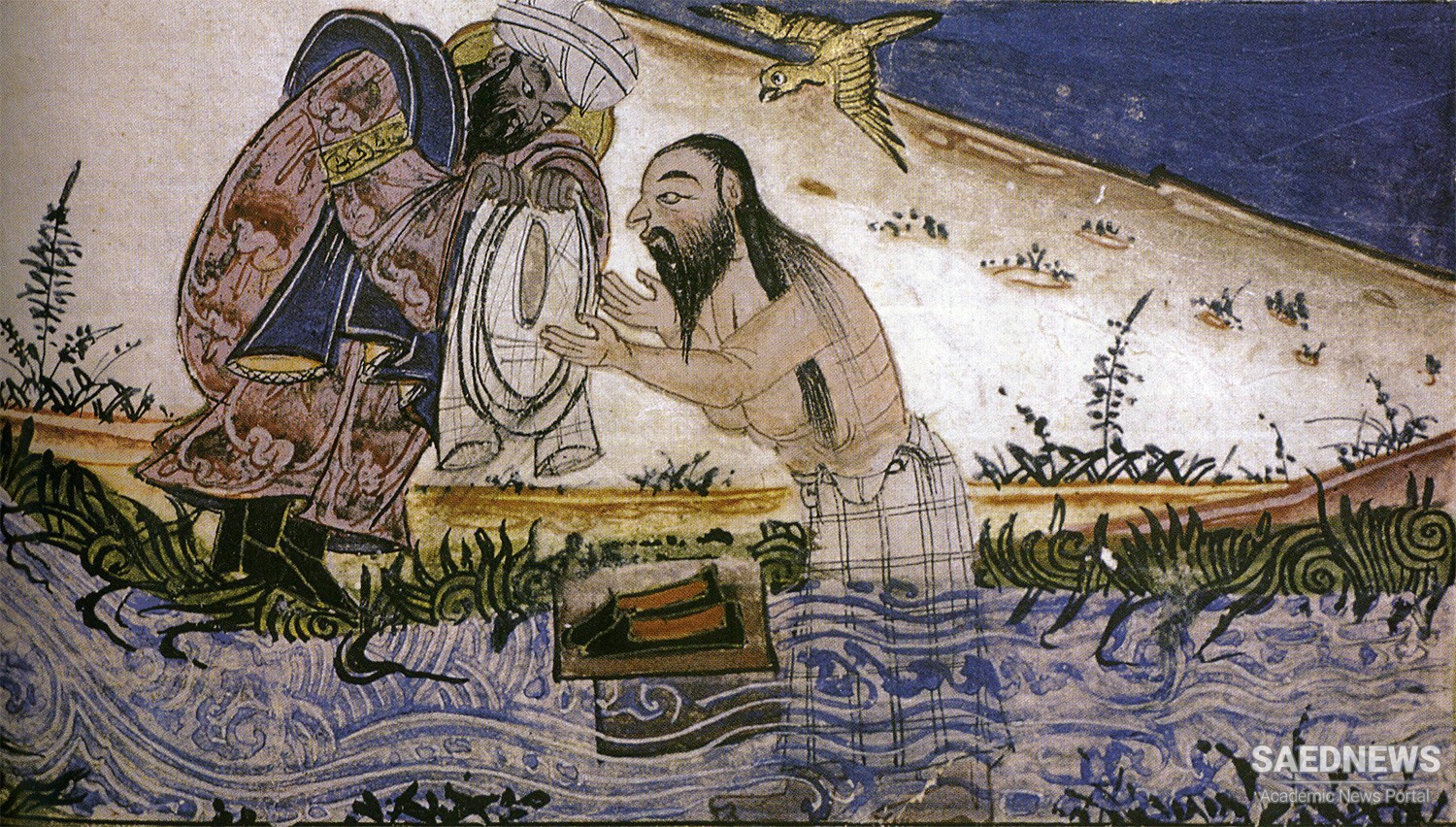The movement to restore the Meccan aristocracy (the anticaliphate of Abdallah ibn al-Zubayr) and the anarchical forces of the Bedouin led to the second civil war, which was accompanied by epidemics and economic crises (683–92). Supported by the tribes which were settled in Syria, Abd al-Malik (685–705) secured the unity of the Empire. The price was a compromise between the religious ideal of the ‘just’ community and a secular concept of unity. But this compromise allowed the revelation of the Arab Prophet to become a world religion and brought about the intellectual integration of the empire from the Oxus to the Atlantic by means of a pervasive Islamic culture.
Under Abd al-Malik and his successor al-Walid (705–10), strong governors kept strife-torn Iraq under central control. Arab armies completed the conquests in the east and the west, thereby expanding the empire under caliphal control to its greatest size.
Comprehensive governmental reforms established the administrative and financial autonomy of the state after the crisis decade of the civil war. Abd al-Malik ‘arabised’ and unified the chancelleries and the coinage; Umar ibn Abd al-Aziz (717–20) adapted taxation and state economy to circumstances which had changed through the Islamisation and the expansion of land ownership. He was not, however, able to carry through the work of reform before his premature death.In the last phase of the Umayyad state, conflict over the legitimacy and ‘justice’ of the regime weakened the solidarity of the Arabs. The strife and the rebellion of the tribes, combined with the many criticisms of the pious, the Kharijites, and the Shia about the secular ‘kingship’ of the dynasty, led to the decline of the Umayyads. They finally came to grief because of conflicts which resulted from the problems of the social assimilation and economic integration of the non-Arabs into the Islamic empire.


 The period of the ‘orthodox’ caliphs
The period of the ‘orthodox’ caliphs














































